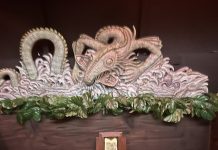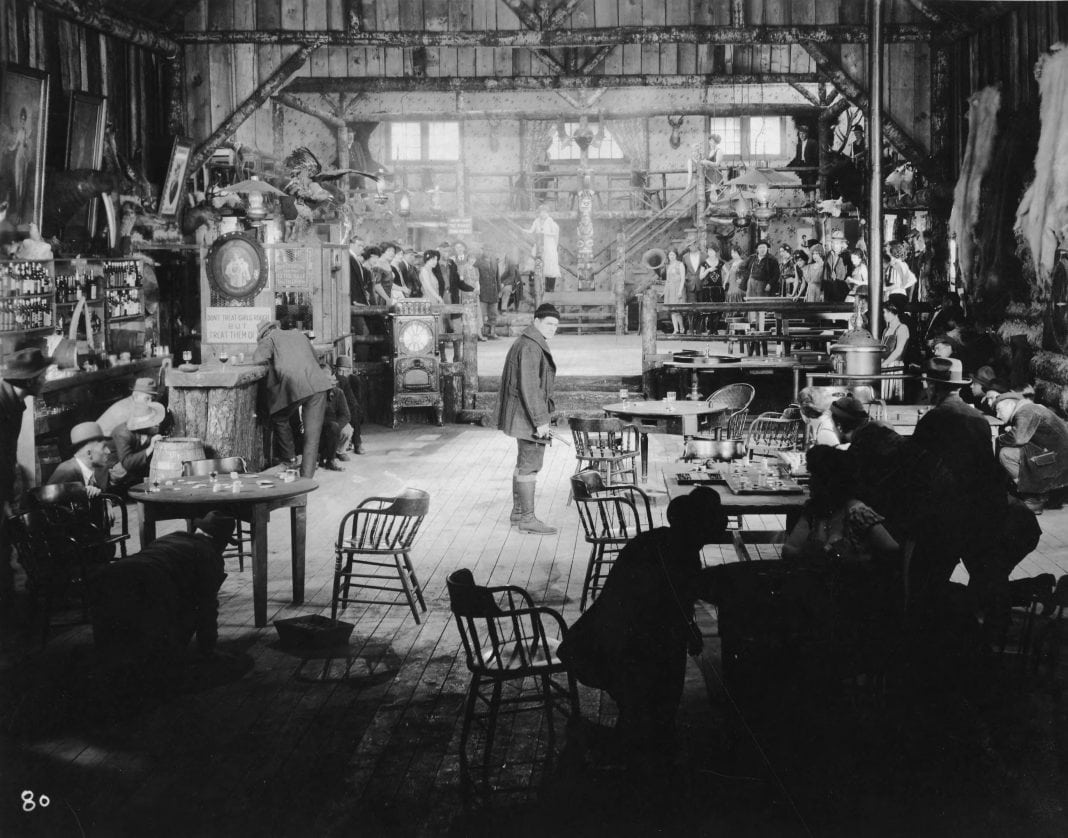In 1924, Harvey Cook Weaver sold $200,000 in company stock at $10 a share to fund building his studio, Weaver Studios. He first wanted it built in Seattle only to eventually locate in Tacoma because of his backers. Investors ranged from millionaires William Rust and Chester Thorne, who wanted to add to their fortunes to working-class Tacomans who wanted a slice of glitz and glamour. And glitz and glamour they got.
 Weaver bought five acres land on Titlow Beach and built one of the largest and most technologically advanced sound stages of the time. Only MGM had larger buildings. The studio was 180 feet long and 105 feet wide with 52-foot ceilings and could shoot and process four films at the same time, giving rise to references of Tacoma and Weaver Studios being dubbed “Hollywood by the Sea.” Its future was bright. Top stars appeared in its movies and drew audiences to theaters around the nation.
Weaver bought five acres land on Titlow Beach and built one of the largest and most technologically advanced sound stages of the time. Only MGM had larger buildings. The studio was 180 feet long and 105 feet wide with 52-foot ceilings and could shoot and process four films at the same time, giving rise to references of Tacoma and Weaver Studios being dubbed “Hollywood by the Sea.” Its future was bright. Top stars appeared in its movies and drew audiences to theaters around the nation.
But the lights went dark at the studio after only four years of operation. The addition of sound to motion pictures quickly changed cottage-industry movie making into big-budget productions that only Hollywood dollars could finance. The studio’s films were also lost to modern audiences.
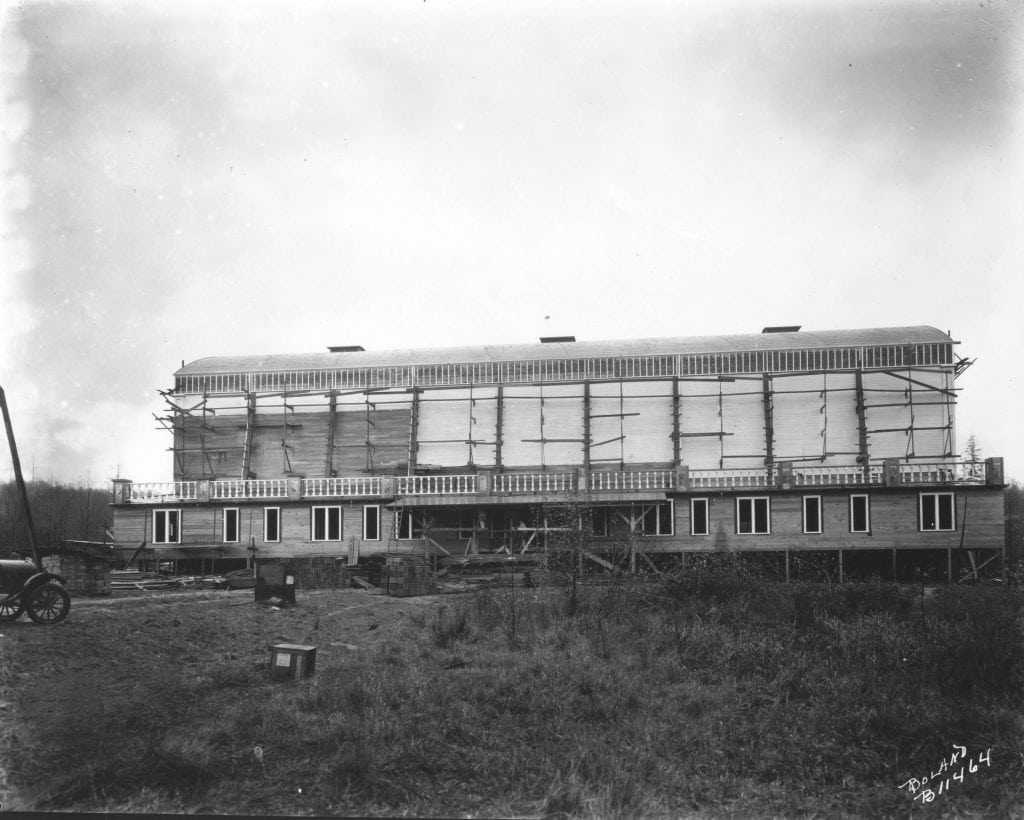
The discovery and restoration of the long-lost film “Eyes of the Totem” made by Weaver Films in 2014 didn’t mark the end of the effort to preserve and present the story of what was dubbed Tacoma’s “Hollywood by the Sea.” In fact, it was just the beginning.
“Who knows what is still out there,” said documentary film maker Mick Flaaen, who is working on final edits on his film “A Totem Tale” about the community effort that brought “Eyes of the Totem” back to life and rekindled interest in Tacoma’s filmmaking heritage.
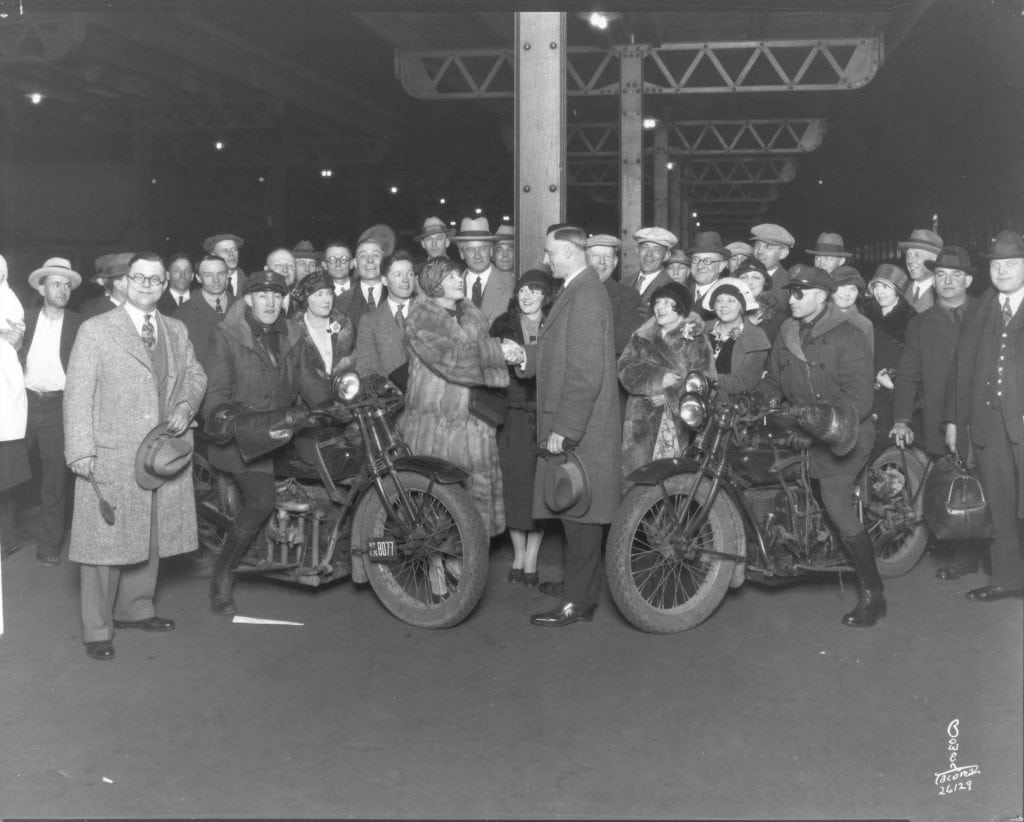
The studio made two other films “Hearts and Fists” and “Heart of the Yukon” that haven’t been seen in 90 years. They are likely lost, since most films from the 1920s have not survived, but archives around North America could still have lost gems either mislabeled or just laying on shelves. The films also may be gathering dust in old movie theater basements since production companies often didn’t bother requiring movie houses return the films as a way to save on postage. Early film memorabilia such as press packets and studio photographs are commonly spotted for sale at online auction sites.
“There are items that go out in boxes on eBay all the time in,” Flaaen said, noting that anyone of those batches of “assorted early movie photos and films” could include images of Weaver Studios or clips of the movies it created. “I’m not done with it by any means. I am still always going to be looking for those films.”
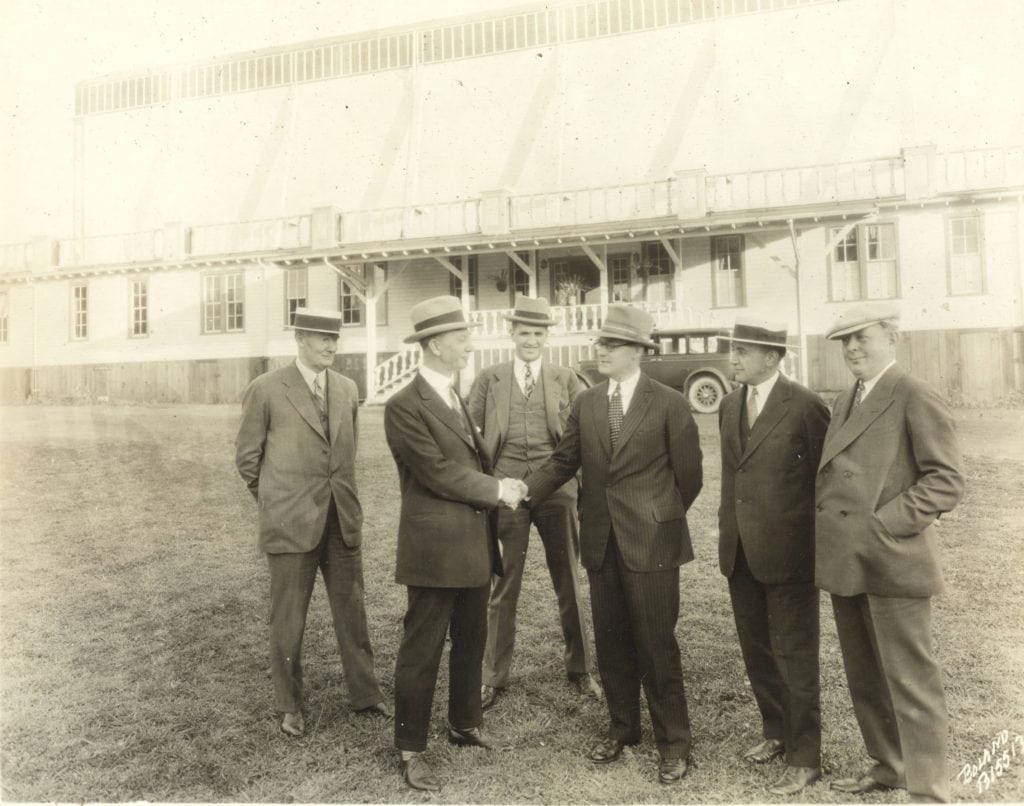
“Eyes of the Totem” was only located because the director had kept a personal copy of the movie. It was the only movie he kept, likely because it was the only one he directed that he also made an appearance.
“I think we just lucked out,” Flaaen said.
Outside of “Eyes of the Totem,” some studio photos and movie stills, not much of the studio remains, which is one reason the studio is largely unknown even in Tacoma.
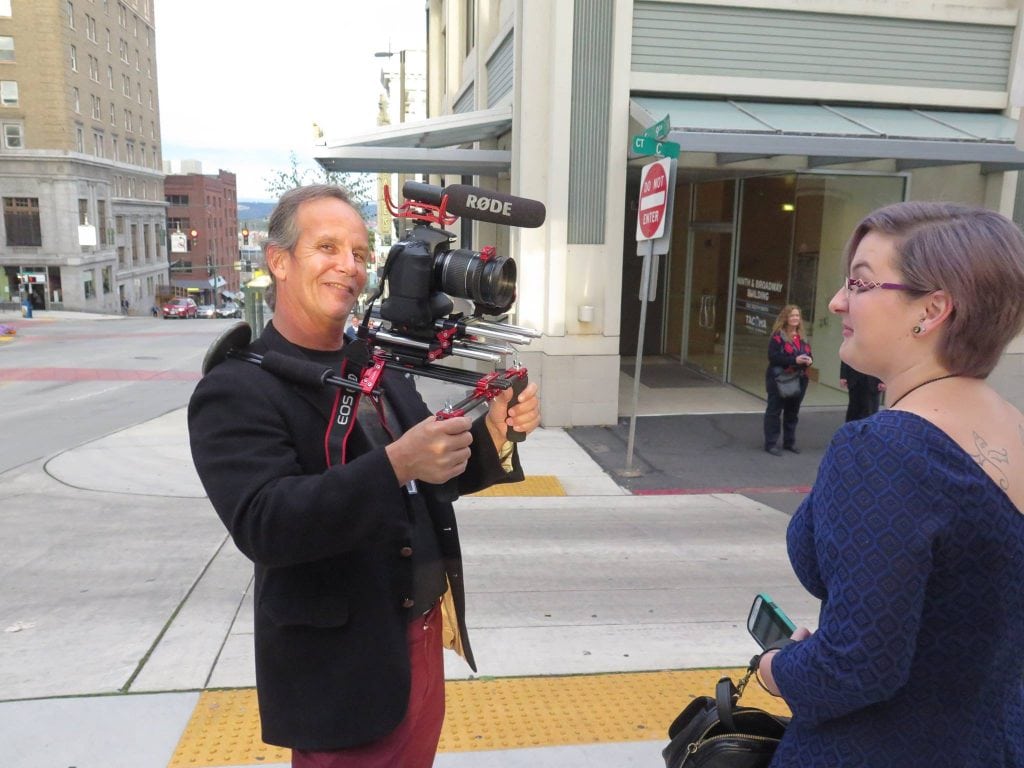
Weaver Productions closed in 1928. The studio then became a dance hall and then burned down in 1932. Only the studio’s cinderblock film storage room remains. It’s currently used as a shed behind a private residence.
But that could change. Maybe a building downtown will someday allow painters to create a mural on one of their walls commemorating Tacoma’s film heritage. Or people could find themselves at Titlow Park and find a monument that tells the story of H.C. Weaver Productions.
“It would be great to have something,” Tacoma historian and Team Totem organizer Michael Sullivan said. “It’s a great story. It would be great if people could go down there and learn the story.”














